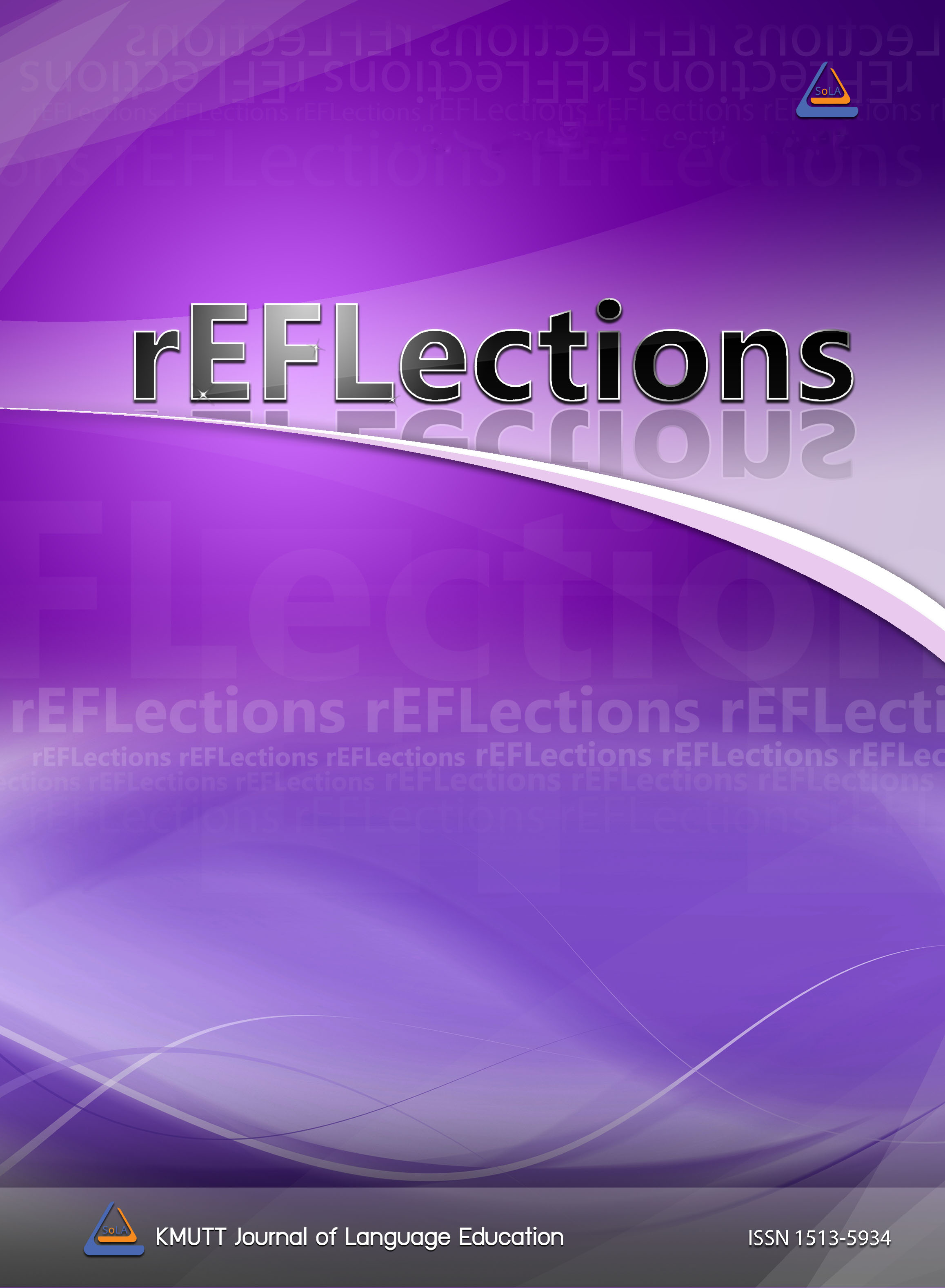Leveraging Untapped Potential: Continuing Professional Development as a Tool for Creating Positive Culture at Schools of Foreign Languages in Turkey
Main Article Content
Abstract
This article reports on a series of carefully curated professional development (PD) activities with the secondary purpose of building and maintaining a positive school culture. The study took place in a school of foreign languages (SFL) at a state university in Turkey. Twenty-five Turkish and international teachers participated. The researchers collected data over a period of six months using a mixed-methods approach: a two-stage survey and semi-structured interviews. Three main themes emerged from the analysis; (1) the basic tenets of Continuing Professional Development (CPD), (2) factors that foster positive school culture, and (3) factors that undermine positive school culture. The results suggest that carefully curated PD has a positive impact on school culture; a combination of formal and informal PD offerings formed desired habits of mind among instructors. Moreover, instructors indicated a preference for peer-led PD. Thus, we suggest that other SFLs in Turkey likewise harness the untapped potential of the CPD Unit.
Article Details

This work is licensed under a Creative Commons Attribution-NonCommercial-NoDerivatives 4.0 International License.
References
Ayar, Z., & Yangın-Ekşi, G. (2019). Continuing professional development options of foreign language school directors. International Online Journal of Education and Teaching, 6(3). 707-721.
Aydın, B., & Hockley, A. (2019). The role of the directors in language schools. Eğitimde Kuram ve Uygulama, 15(4), 283-296.
Bubb, S., & Earley, P. (2007). Leading and managing continuing professional development (2nd ed.). Paul Chapman Publishing.
Creswell, J. W., & Plano Clark, V. L. (2018). Designing and conducting mixed methods research (3rd ed.). SAGE Publications.
Dinsdale, R. (2017). The role of leaders in developing a positive culture. BU Journal of Graduate Studies in Education, 9(1), 42-45.
Frost, D. (2012). From professional development to system change: teacher leadership and innovation. Professional Development in Education, 38(2), 205-227.
Heystek, J., & Terhoven, R. (2015). Motivation as critical factor for teacher development in contextually challenging underperforming schools in South Africa. Professional Development in Education, 41(4), 624-639.
Hilton, A., Hilton, G., Dole, S., & Goos, M. (2015). School leaders as participants in teachers’ professional development: The impact on teachers’ and school leaders’ professional growth. Australian Journal of Teacher Education, 40(12), 8.
Hochberg, E. D., & Desimone, L. M. (2010). Professional development in the accountability context: Building capacity to achieve standards. Educational Psychologist, 45(2), 89-106.
Hwang, M-Y., Hong, J-C., & Hao, Y-W. (2018). The value of CK, PK, and PCK in professional development programs predicted by the progressive beliefs of elementary school teachers. European Journal of Teacher Education, 41(4), 448-462.
Johnson, K. E., & Golombek, P. R. (2011). A sociocultural theoretical perspective on teacher professional development. In Research on second language teacher education: A sociocultural perspective on professional development (pp. 1-12). Routledge.
Kennedy, A. (2011). Collaborative continuing professional development (CPD) for teachers in Scotland: Aspirations, opportunities and barriers. European Journal of Teacher Education, 34(1), 25-41.
Main, K., & Pendergast, D. (2015). Core features of effective continuing professional development for the middle years: A tool for reflection. RMLE Online, 38(10), 1-18.
McHugh, M. L. (2012). Interrater reliability: The kappa statistic. Biochemia Medica, 22(3), 276–282. https://doi.org/10.11613/bm.2012.031
Meyer, E. (2014). The culture map: Breaking through the invisible boundaries of global business. Public Affairs.
Morris, J. E., Lummis, G. W., Lock, G., Ferguson, C., Hill, S., & Nykiel, A. (2020). The role of leadership in establishing a positive staff culture in a secondary school. Educational Management Administration & Leadership, 48(5), 802-820.
Peker, H., Özkaynak, O., Arslan, Z., & Tunç, H. (2019). A case study on the perceptions of professional development unit members at an EFL program. International Journal of Curriculum and Instruction, 11(2), 238-254.
Simon, S., Campbell, S., Johnson, S., & Stylianidou, F. (2011). Characteristics of effective professional development for early career science teachers. Research in Science & Technological Education, 29(1), 5-23.
Varga-Atkins, T., O’Brien, M., Burton, D., Campbell, A., & Qualter, A. (2010). The importance of interplay between school-based and networked professional development: School professionals’ experiences of inter-school collaborations in learning networks. Journal of Educational Change, 11, 241-272.
Yılmaz, M., & Arıkan, A. (2019). English language teachers’ evaluation of an alternative professional development program. Başkent University Journal of Education, 6(1), 13-27.
Zehir Topkaya, E., & Çelik, H. (2016). Non-native English language teachers’ perceptions of professional development: Implications for career stages. Procedia-Social and Behavioral Sciences, 232, 5-11.
Zerey, Ö. G. (2018). Attitudes and perceptions of EFL instructors regarding self-directed professional development. International Journal of Language Academy, 6(1), 49-66.


